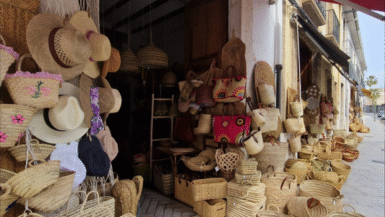Xàtiva is a historic town in Valencia province offers incredible medieval architecture, fascinating museums, and its own impressive castle ruins.
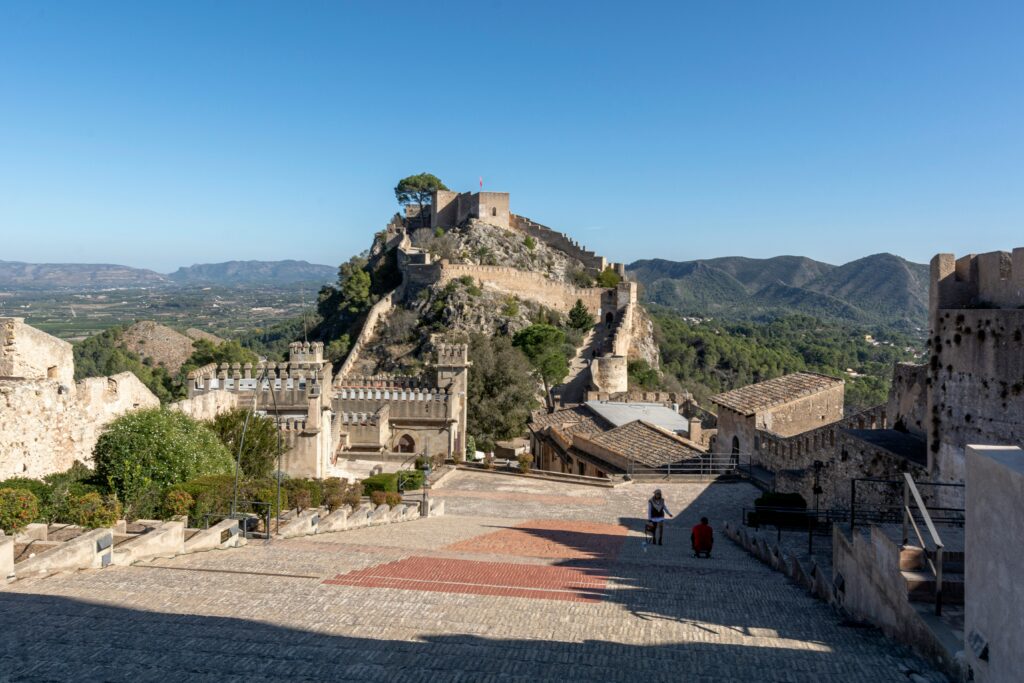
I’ve put together everything you need to know about visiting Xàtiva, from its castle to the charming squares where locals still gather for their morning coffee.
Where is Xàtiva?
Xàtiva is located about 60 kilometres south of Valencia city, making it an easy day trip from the region’s capital. The town sits beautifully in the Albaida Valley, surrounded by rolling hills and orange groves that make the drive here absolutely stunning.
If you’re staying further south on the Costa Blanca, Xàtiva is about 65 kilometres north of Gandia, so it’s perfectly manageable as a day out from the coast. The train connections are excellent too – you can reach Xàtiva easily from Valencia, Gandia, or even Alicante.
What to do in Xàtiva
Xàtiva Castle
This is the big draw, and rightly so. Xàtiva Castle is one of the most spectacular fortress complexes in all of Spain, perched dramatically on the hillside above the town.
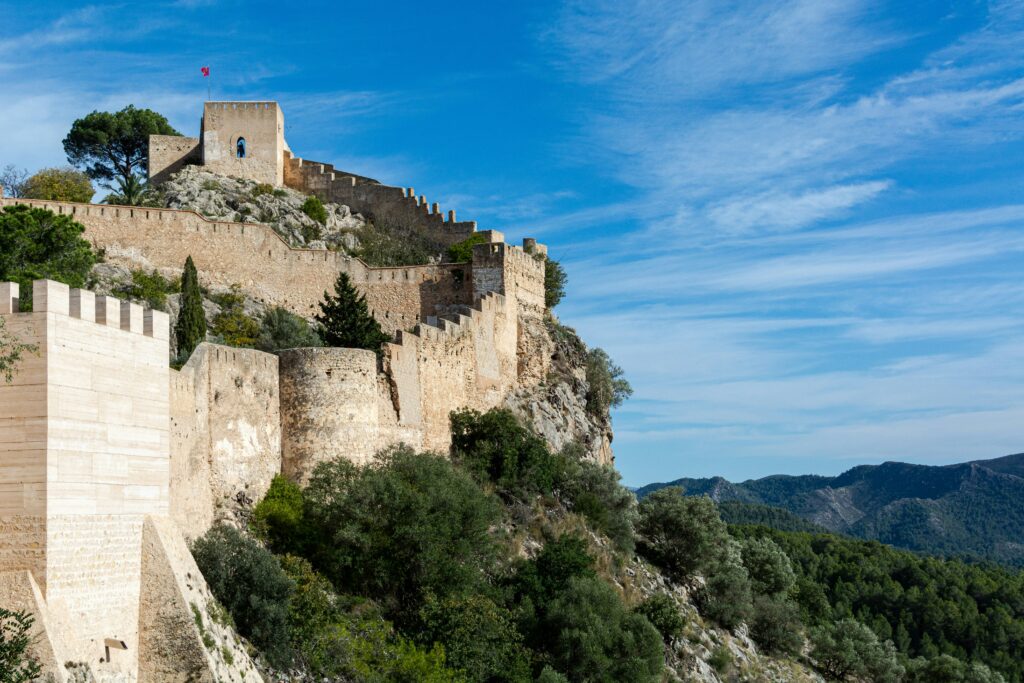
The castle actually consists of two separate fortifications – the smaller Castell Menor and the larger Castell Major higher up the hill. What makes this place so special is its incredible history spanning over 2,000 years. The Romans built here, the Moors expanded it massively, and later the Christian kings turned it into a royal prison.
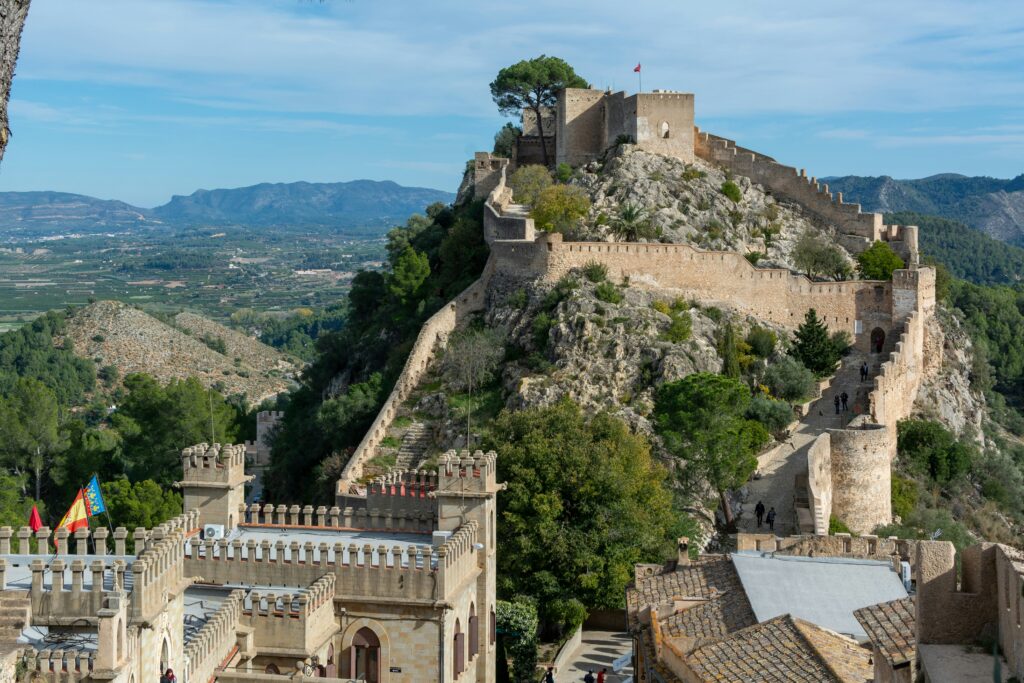
The walk up takes about 20-30 minutes from the town centre, but there’s also a road if you prefer to drive. Once you’re up there, the views across the valley are absolutely breathtaking. You can see for miles in every direction, and it’s easy to understand why this spot was chosen for such an important fortress.
The best-preserved section is the Castell Major, where you can wander through medieval towers, explore prison cells, and see the remains of a chapel. There’s also a small museum with artifacts found during excavations.
Plaça de la Trinitat
This is the heart of Xàtiva. This small square is surrounded by historic buildings, including some lovely examples of Valencian architecture, and the royal fountain of Trinitat.
Xàtiva Market Square
At the end of Calle Noguera, you’ll find the Plaza del Mercado – and what a square it is! Most of the buildings surrounding the square date back to the 18th century, creating this incredible backdrop of historic architecture.
The square has quite a dramatic past – it once housed royal residences and was where municipal auctions took place. Even more sobering, public executions were once carried out here, giving the space a real sense of historical weight.
Every Tuesday and Friday, the square absolutely comes alive with market stalls. You’ll find everything from fresh fruit and vegetables to vintage clothes, shoes, flowers, and tools. The produce here is fantastic – some of the best oranges and local specialities from the surrounding valley.
In the morning, it’s quiet with just a few cafes setting up their terraces. By lunchtime, the restaurants start filling up, and by evening – wow! The whole square buzzes with hundreds of locals enjoying tapas, drinks, and live acoustic music. The atmosphere is absolutely electric.
During the day, it can get quite hot, but as evening falls, this becomes the social heart of Xàtiva. You’ll find great tapas, reasonably priced drinks, and even a good burger restaurant if you fancy something different.
At the opposite end of the square, there’s a narrow street that leads up to Corretería street – the most important thoroughfare from medieval times right through to the last century. It’s the perfect spot to connect all the wonders that Xàtiva has to offer.
Getting around Xàtiva
The historic centre is very walkable, and most of the main sights are within easy reach of each other. The climb up to the castle is the only real walking challenge, but it’s worth every step.
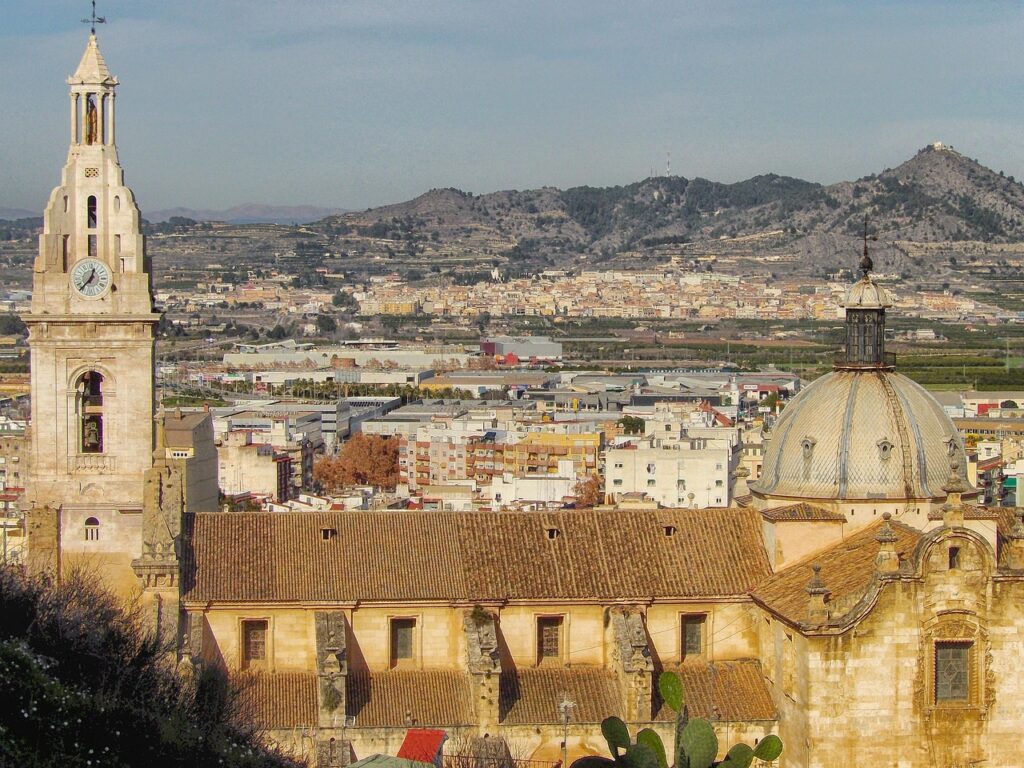
If you’re driving, there’s decent parking near the town centre, though it can get busy on market days and weekends when day-trippers arrive from Valencia.
Best time to visit Xàtiva
Spring and autumn are ideal – the weather’s perfect for walking around the castle and historic streets, and you won’t be battling the summer heat as you climb up to the fortress.
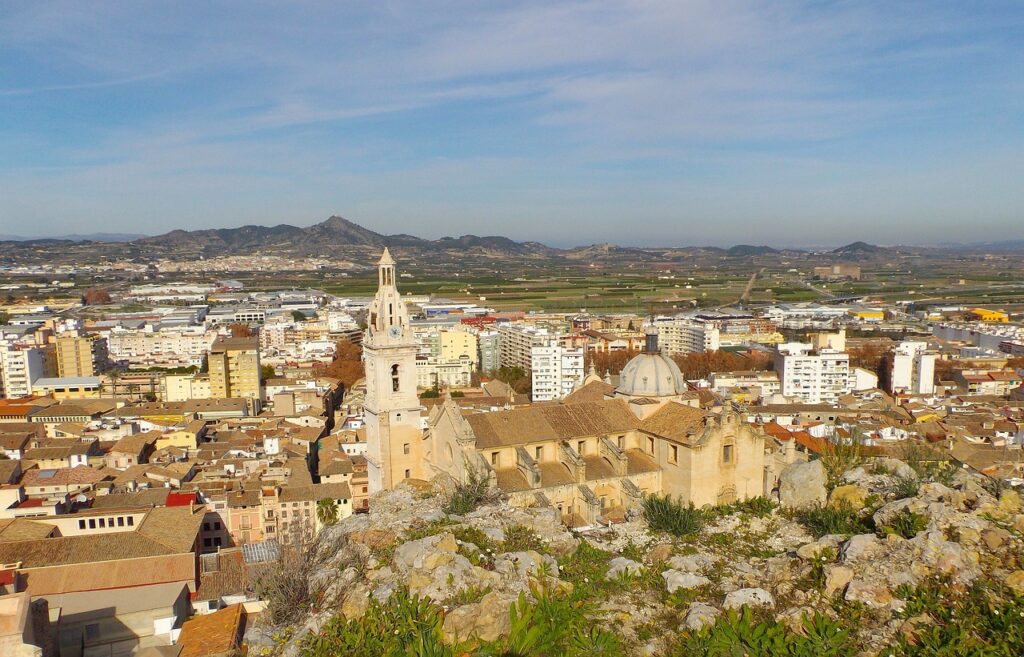
Summer can be quite hot, especially for the castle climb, though the early morning or late afternoon visits work well. Winter is mild here, and you’ll often have the castle almost to yourself, which is quite magical.
The town really comes alive during local festivals, particularly during the Feria de Agosto in August, when the streets fill with music, dancing, and traditional celebrations.

